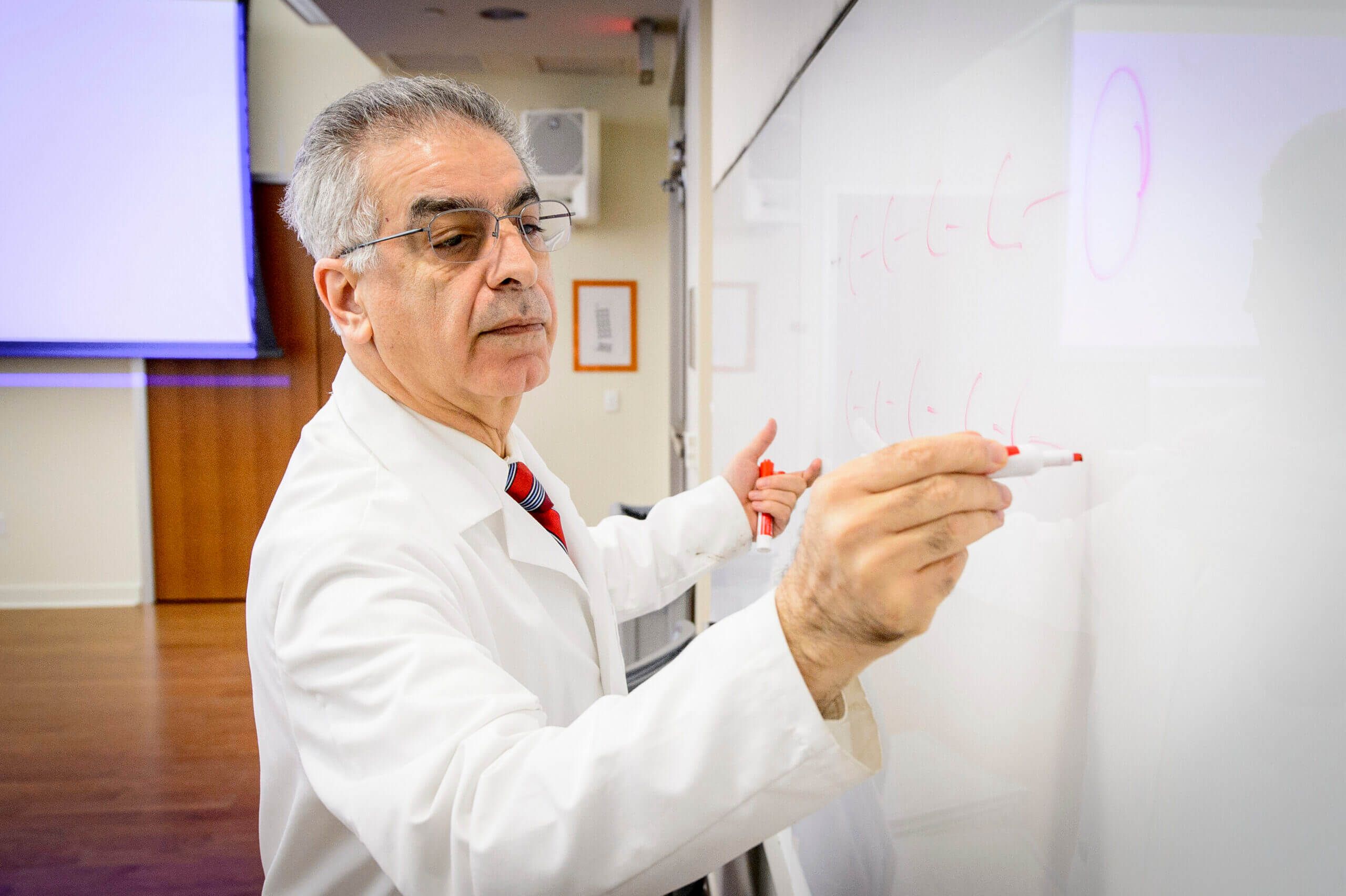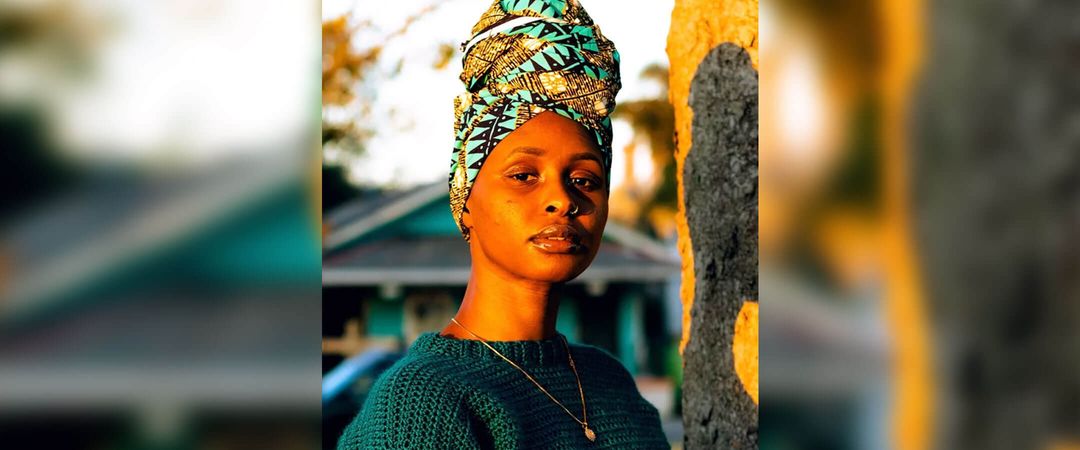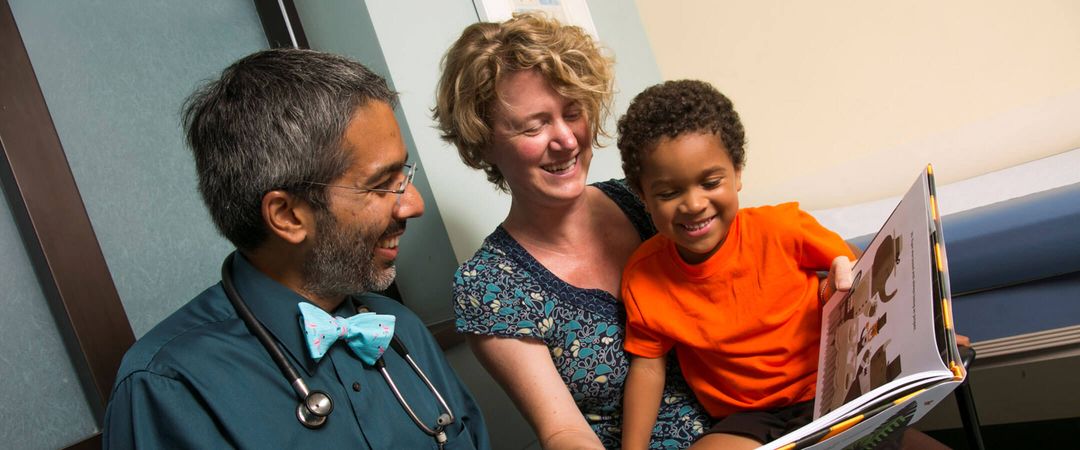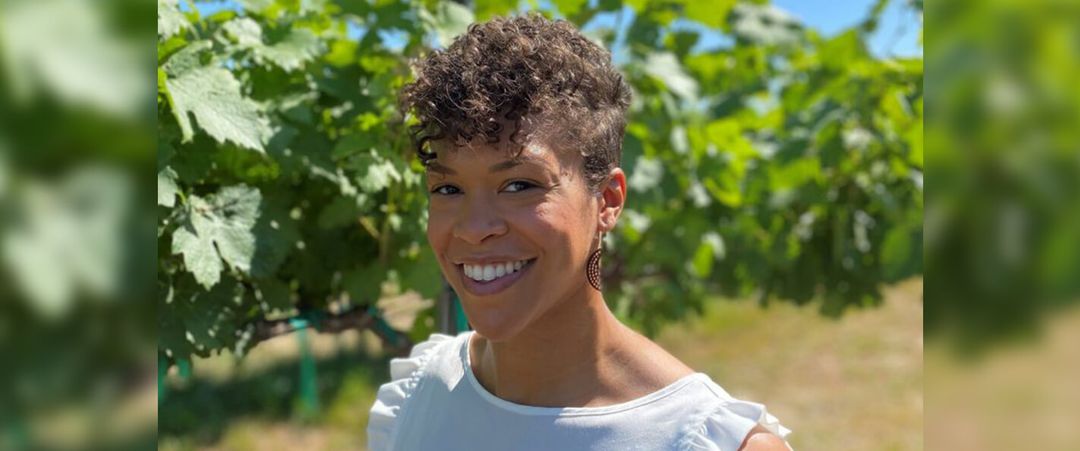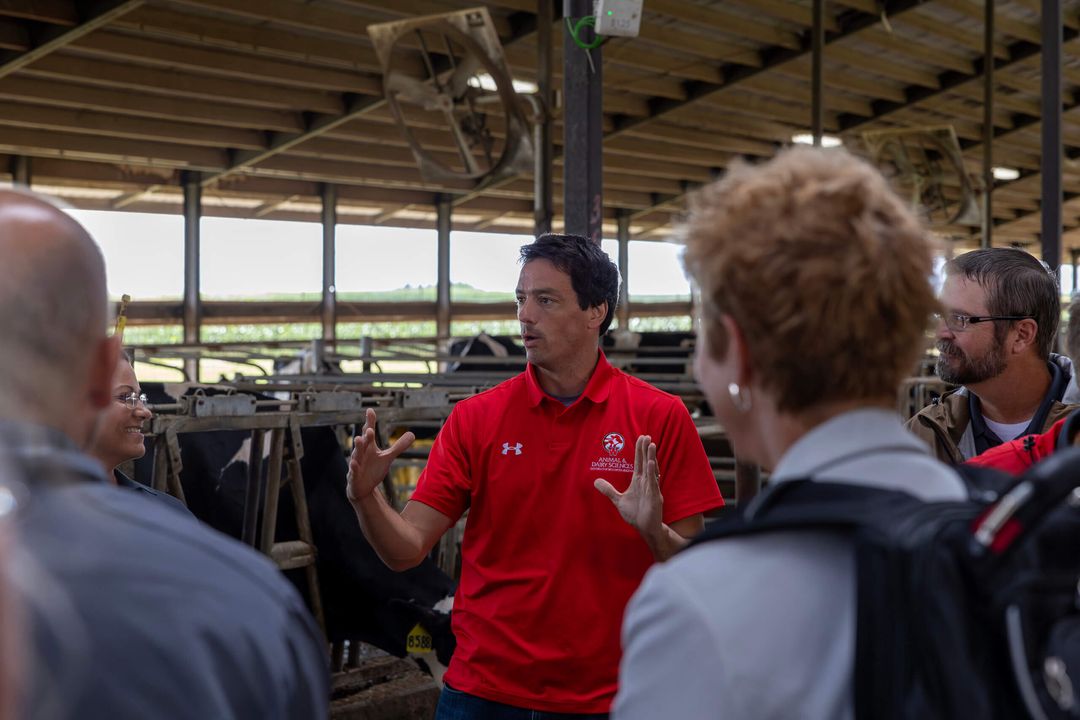“The environment is not a component of our life. We are a component of the environment,” says textile chemist Majid Sarmadi. “If all insects die, life really stops in this planet. If humans die, life flourishes.” For him, knowing not only how textiles are made but also how they break down is more important than ever. Each year, humans create 85 million metric tons of textiles while sending more than 11 million tons of textile waste to landfills. Sarmadi, the Rothermel Bascom Professor in the School of Human Ecology and director of the textile science specialization graduate degree in the Design Studies program, has spent the last 40 years studying the chemical and structural properties of textile fibers and creating sustainable solutions for excessive textile waste.
Acting sustainably does not have to be limiting. In fact, it is opening doors around the world for scientists, farmers, artists, and even corporations, to innovate and work to protect the planet. For someone looking to consume more sustainably, it’s not realistic to buy nothing or avoid plastics altogether. Instead, Sarmadi is advocating for education and innovation. “Unsubstantiated claims lead to people becoming careless: ‘Oh, this is sustainable. I can consume more, I can do this, I can do that,’ ” he explains. “But we can’t do business as usual. Industry must begin to innovate for global health. We must rethink theoretical, technical, and practical aspects of everything that we are creating. Sustainability must be forefront [in] every single decision. From conception to the final execution, and from production to a product’s afterlife.”
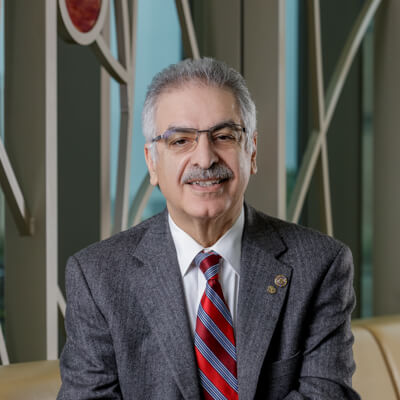
What is your approach to textile sustainability?
My philosophy is to improve the products to be less toxic to humans and to the environment, so that all textile products [are] safer for [the] environment and for human consumption, whether these textiles that you wear are less toxic to you when you’re living with them, to the workers that are making them, or from an environmental point of view. And we have to think about what we do with the afterlife of products. Are we creating a product that [is] easily recyclable, easily converted back to oil, or are we creating a headache?
It is a vicious cycle. To create the products, you create CO2. When they decompose, you create CO2. We have to do things differently. We have to find fibers and techniques to create new fibers [that] don’t get as dirty. If it doesn’t stain as easily, then you don’t toss it away, and you can wear it more. We have to find dyes and chemicals or processes that are more sustainable. So, all of my 37 years of research was all on the processes that can reduce the amount of chemicals used, [reduce the] amount of energy used, and make materials sustainable.
Is natural better?
The word natural has been misused more than anything else. Crude oil, poison ivy, snake venom — these are all natural, but that doesn’t mean they are good for you or the environment. There are times that you pay a higher price for the environment, and I’m not talking about monetary, if you go natural. Natural dyes need farmland to cultivate. We need farm equipment; we need fresh water; we need fertilizer, pesticide, herbicide. And transportation of leaves from farms to the factories to extract them. Leaves for dye are very low-yield — only 0.2 percent of each leaf is useable — and [they] have very limited color change, fastness, and range. So, let’s look at two yards of upholstery fabric. That can be dyed by 0.7 ounce of synthetic dyes, but we need about 320 ounces of freshly picked leaves to dye the same amount of fabric. You need water, you need heat, you need lots of resources. It is mind-boggling.
What should people look out for when trying to shop more sustainably?
- Don’t be fooled by buzzwords.
People should be skeptical of companies that claim to be all-natural, sustainable, and carbon-neutral. (“The only things that have zero carbon footprint are dead,” Sarmadi says.) And he also advises consumers to be wary of products that claim to be biodegradable.
I have nothing against naturally biodegradable materials. Nature knows how to deal with it. My question to scientists is when you create something that is biodegradable, what is it being degraded to? Is it another microplastic [that] becomes smaller and goes in water resources, goes to the river, goes to the fish, goes to the marine environment? I’m not against biodegradation. I’m against [a] lack of transparency to show what [the product] is breaking into, and what the effect is on the environment. The word biodegradable alone means nothing.
- Ask questions.
If you are unsure of whatever brand you want to buy from, write them. Say, “You claim these are sustainable. What is your data? What is your information? Why is [the information] not on your websites?” You have to be vigilant. You have to see the data or information for yourself.
- Consume mindfully.
How many times can you withdraw from your bank account without putting anything back in? The resources in this world are like money in the bank account. One day, there is nothing to withdraw. But we are not trying to deprive people. We want to educate our students and everybody else so that they know how to deal with these environmental questions and make informed decisions. What is most dangerous to the environment? Is it methane gas? Is it CO2? What is the most dangerous thing to our environment? Our attitudes. Our attitudes are the most dangerous thing to the environment. There is a difference between need and want. We must make sure that we provide for the need of every single person. Don’t destroy the planet for future generations. We must be good stewards of our resources.
